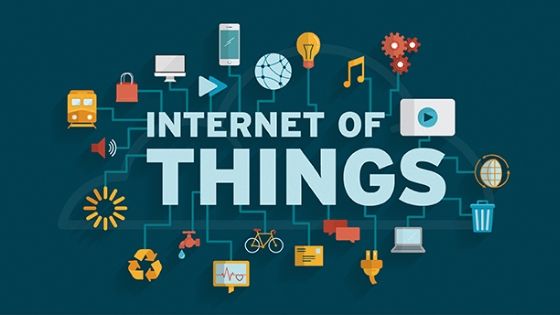The Internet of Things (IoT) is evolving at a fast pace. It involves mini-processors, sensors, and other systems that combine different types of internet devices. Applications can be developed to carry out a wide range of functions. For example, you can have apps developed to control connected devices in a home to gather data and carry out certain functions.
Whether you are going to develop IoT applications for commercial or residential purposes, it is recommended to follow certain standard SumatoSoft tips. Here are 5 tips you should follow when developing such apps.

Contents
#1. Use a Secure Prototyping Board
The first step is to select a secure and appropriate prototyping board.
- It should help you in developing the perfect smart sensor device based on the application
- The right hardware should allow more number of expansion capabilities by allowing any combination of technologies
- Some of the best examples of such hardware include IoT Kit, Intel Edison, and Rasberry pi 3
2. Select the App Environment Platforms
The choice of the right IoT platforms make the development process simpler. This selection helps in resolving many issues.
- The choice of the platforms allows you to set up the infrastructure
- The IoT infrastructure thus created can support your app
- The infrastructure helps save time and makes the app more stable
- End-to-end platforms help centralize the app environment, allowing connection of the devices and your business
- It allows you to analyze the data from the prototyping hardware to turn it into useful information
It is recommended to use a readymade IoT platform. They come integrated with advanced security features like encryption and authentication. Popular examples include IBM Watson IoT, Amazon Web Services, MasterofThings, RioT, and ThingWorx. Some of the main features of these platforms include real-time pattern, predictive analytics, anomaly detection, and simulators to data.
#3. Select a Real-Time OS
When developing the perfect IoT app, it is required to have a real-time OS that ensures that everything works properly. All IoT devices transfer data over a network and they need an efficient real-time OS to work together.
- You should choose an OS that can accommodate different types of devices, is scalable, and offers different connectivity options
- The OS should also be powerful supported by powerful Java virtual machine and cortex CPU, all of which requires larger memory
- Choosing a modular OS can help in reducing the size of memory required by IoT devices
Some of the examples of such operating systems include Riot-OS, FreeRTOS, and Contiki-OS.
#4. Focus on Quality UX
Besides its technical prowess, your IoT app should be easy to use and intuitive for your users.
- Find out how the users interact with your solutions
- Determine their needs
- Develop the app around features that matter the most to your users
- Address real-world user needs
- Determine how the connected devices, users, and the application will communicate with each other
If the IoT devices have a UI, make sure it should work with your application.
#5. Select an IoT Analytics Platform
IoT analytics gathers data from different sources with the help of multiple APIs. So you should select the right IoT analytics platform for your app. The data sourced can be in JSON or Binary form that can be scaled as per needs.
Examples of such platforms include Amazon Web Service Analytics, Gruk, and Splunk. They help you analyze historical data to provide more value from the data gathered over any period of time. They also allow conversion of complex data from the sensors and connected devices into useful and meaningful information.
It will also be required to select remote management platforms for the devices and gateway. End to end system integration will involve seamless integration of smart IoT products, platforms, and the application.
